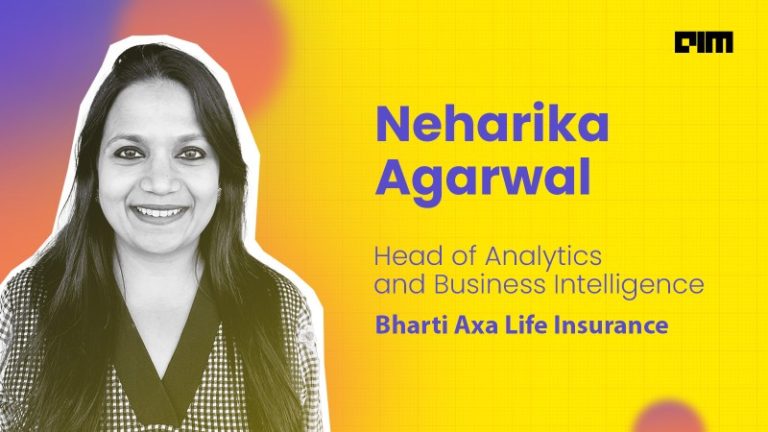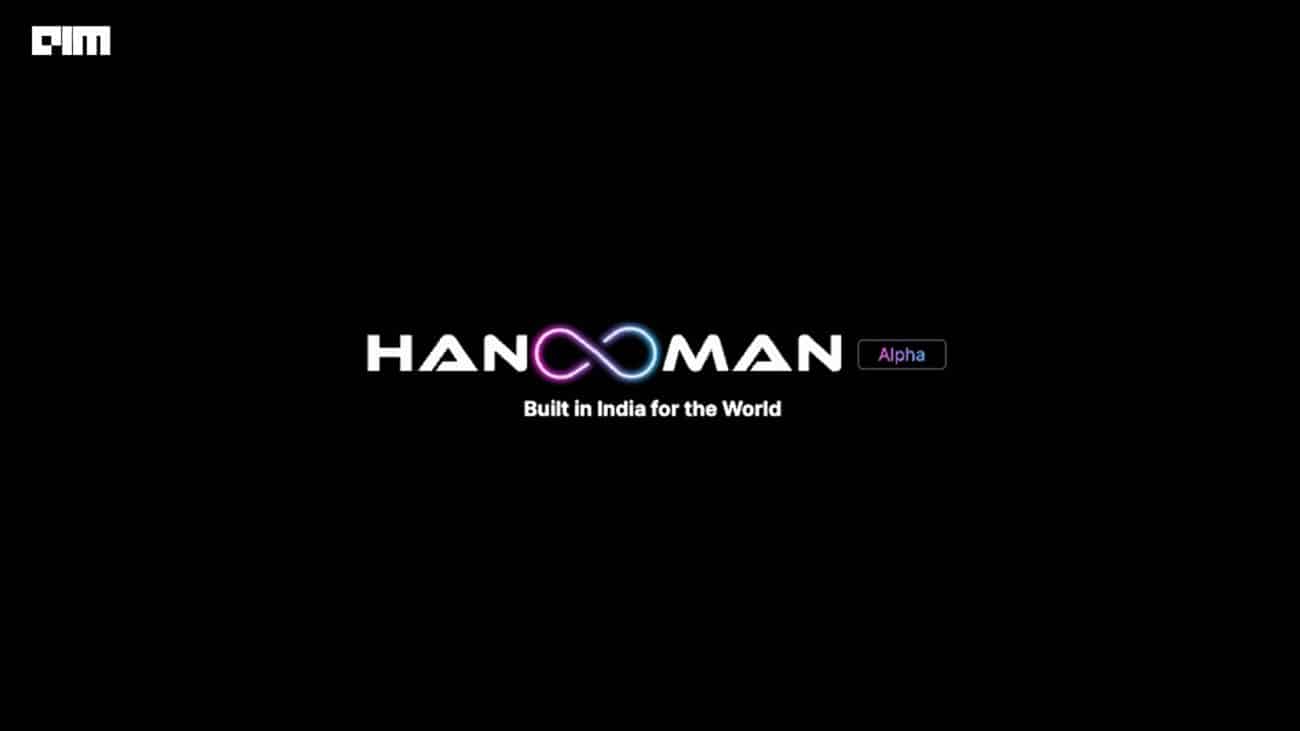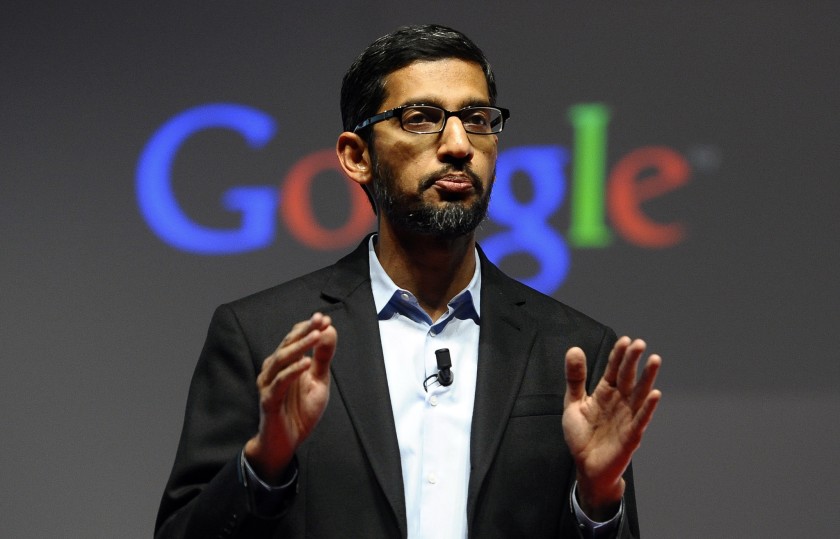Data Science is a high-ranking profession that allows the curiosity to make game-changing discoveries in the field of Big Data. A report from Indeed, one of the top job sites has shown a 29% increase in demand for data scientists year over year. Moreover, since 2013, the demand has increased by a whopping 344%.
So, what’s the reason for such demand?
A Data Scientist’s fundamental skill is to write code. They are also advanced analysts who emphasise numbers and hidden insights in data. It makes them hardcore lovers of science and statistics. However, science is a complex branch that not everyone understands. What people understand easily, is art. Stakeholders from a non-technical background or busy business users find it hard and time-consuming to understand the science behind Data Science. More enduring would be, data scientists communicating insights in a simple language with memorable methods.
Turning Data Science into Art
Data scientists have understood the need for easy insight consumption. Hence, the last decade has seen tremendous growth in terms such as data visualisation, data art, and data stories. The pool of people discovering hidden insights has expanded beyond just data scientists and analysts. Data Storytellers and data artists are the new breeds, who believe in cultivating insightful stories rather than just bland insights.
The ability to take data — to be able to understand it, to process it, to extract value from it, to visualise it, to communicate it — that’s going to be a hugely important skill in the next decades.
Dr Hal R Varian, Chief Economist, Google
Dr Hal quoted the above statement in 2006. It has been more than a decade and every word turns out to be true. Data storytellers not only play with the numbers to generate insights. They also ensure easy consumption of it. To make it happen, Data Science organisations are creating a hybrid team of creatives and analysts or creative analysts. It serves the purpose of both analysing the data and presenting the underlying story in the most appealing format possible.
Statistics show why converting data into art is an intelligent way to consuming insights.
- MIT Survey says, 90% of the information our brain stores are visual.
- The same survey concludes that a human brain can process and understand any visual in just 13 milliseconds. A 1986 paper from the University of Minnesota states that our brains can process visuals 60,000 times faster than any textual or verbal context.
- In a survey from Wharton School of Business, only half of the audience was convinced by a verbal data presentation. Surprisingly, the numbers increased to 64% when visual language was embedded in it.
- The same survey also concluded that visualisations in presentations can shorten business meetings by 24%.
- A Nucleus Research report says that Business Intelligence (BI) with artistic data capabilities offers an ROI of $13.01 back on every dollar spent.
Tools to Data Artistry
There are many ways that data artists are taking the torrent of big data and transforming them into art.
- Data Visualisation: The basic definition of data art is data visualisation. Good visualisation acts like eye-candy and people remember it for a long time. Pie charts, histograms, line charts are traditional approaches to data visualisation. Whereas, Chords, Choropleths, Scatter plots, are new. However, they serve the same purpose, make information beautiful and visually contextualise non-obvious insights.
- Data Stories: Who doesn’t love stories? Stories are memorable. While data reveal surprising insights, stories make them worth consuming and memorable. The simple ingredients of a good data story are a problem, an approach, and a solution. Data storytelling companies offer actionable insights to their clients in the form of stories. The art of data storytelling comes with a range of endless creativity.
- Data Comic: Data Comics is a new addition to the family of data artistry. The idea is to go minimal in content and not lose focus on insights. A data comic reveals nothing but insights. Inspired by the language of comics, these are the novel way to communicate visual insights. Data comics have brought data-driven storytelling to a new edge.
Data storytelling: The new playground of Data Scientists
The modern-age data scientists are excellent writers and eloquent narrators. They take data storytelling as a structured approach to communicate complex data. Data, visuals, and narratives are the key elements of data storytelling. When a narrative is sprinkled on data, it helps the audience to quickly smell the importance of insights. They can quickly identify outliers and extremes from the data.
An insight, no matter how small, is always important. Business users sometimes ignore a few insights calling them trivial. Narratives add ample summary and commentary and show the importance of insights.
Many patterns and outliers are hidden inside the hefty rows and columns of an excel sheet. Data artists unearth these insights, beautify them, and serve them to the enterprises in a Petri dish. It accelerates decision-making in business users as they get to play with the transforming insights.
The intersection of narratives, visuals, and data gives rise to better explanations of data, better consumption of insights, and better decisions. Ultimately, a well-crafted data story with all ingredients in place, drives change in organisations. And that’s how creative data scientists are using data storytelling as their new playground.

Levels of Data Scientists Rising Above Code
Earlier, the tools of data scientists were Excel, Python or R. But the uprising of AI and Machine Learning has significantly benefitted the process. It has also increased the demand for Data Science Professionals. In short, Advanced Analytics makes it easy to analyse big data.
AI and its allies such as Deep Learning, Machine Learning, or Neural Networks are making businesses invest in them. A PWC report recently mentioned AI’s potential to add $15.7 Trillion to the Global Economy by 2030. This, in turn, will skyrocket the global economy by 14% of what we see today.

Firstly, it is good to see that even a trillion-dollar dream is not changing the mindset of data scientists. They are still focusing on telling insights in a memorable and interesting format. Secondly, complex technologies such as AI are now being made available to everyone through artistic approaches. Visionaries across the world are working on making AI simple and easy to use. Data art skills are helping in the process. As I mentioned earlier, people easily understand art rather than complex science.
Outlook
Data Scientists are now Data Storytellers, which is the most essential skill in the digital economy. Data storytellers communicate the drama hidden inside the numbers. The answer to data problems is not only insights. However, an end-to-end data consultancy accelerates decision making and informs businesses about considerable pain points. Data art and stories complete the cycle of data consultancy. If we want to make data easy for everyone, we need more data storytellers and artists than analysts and scientists.





















































































